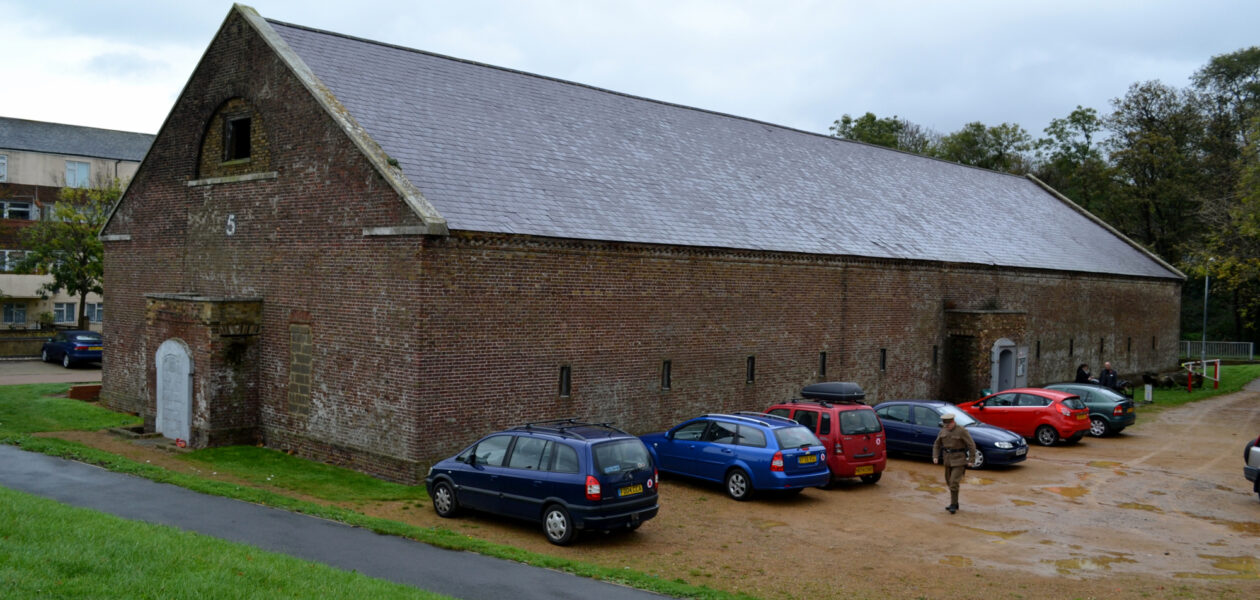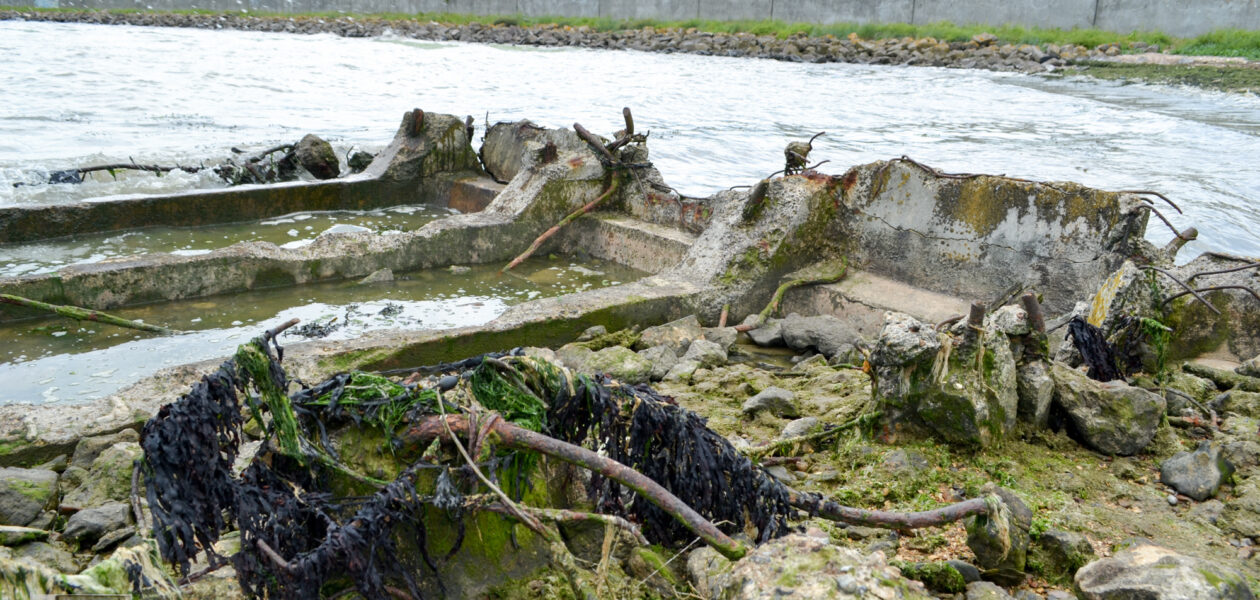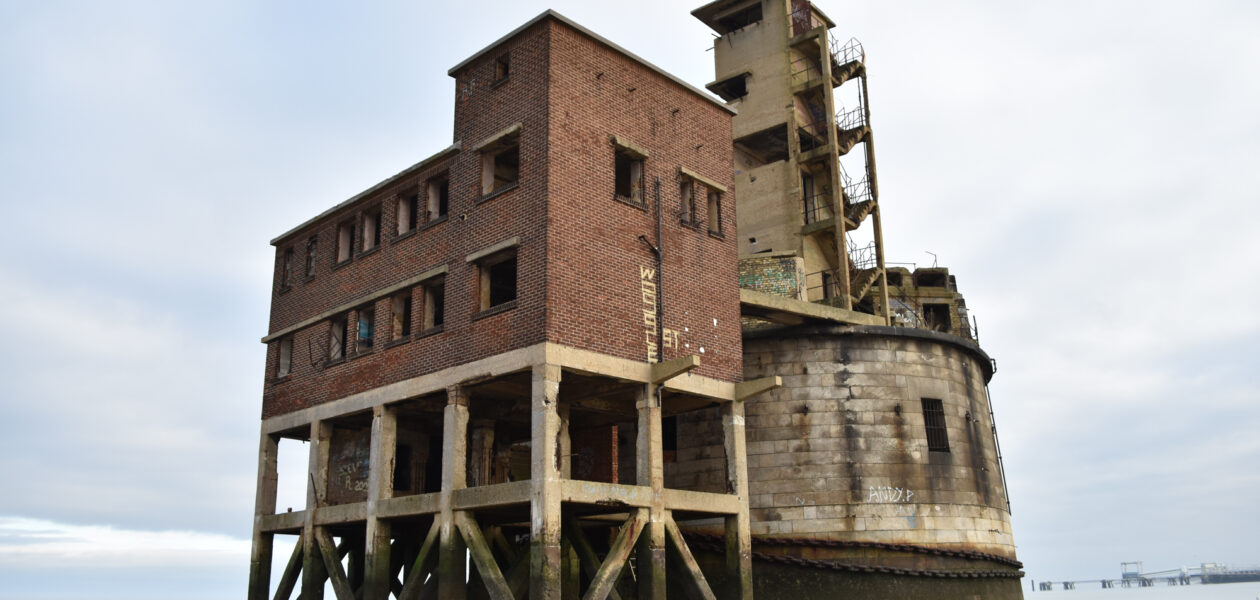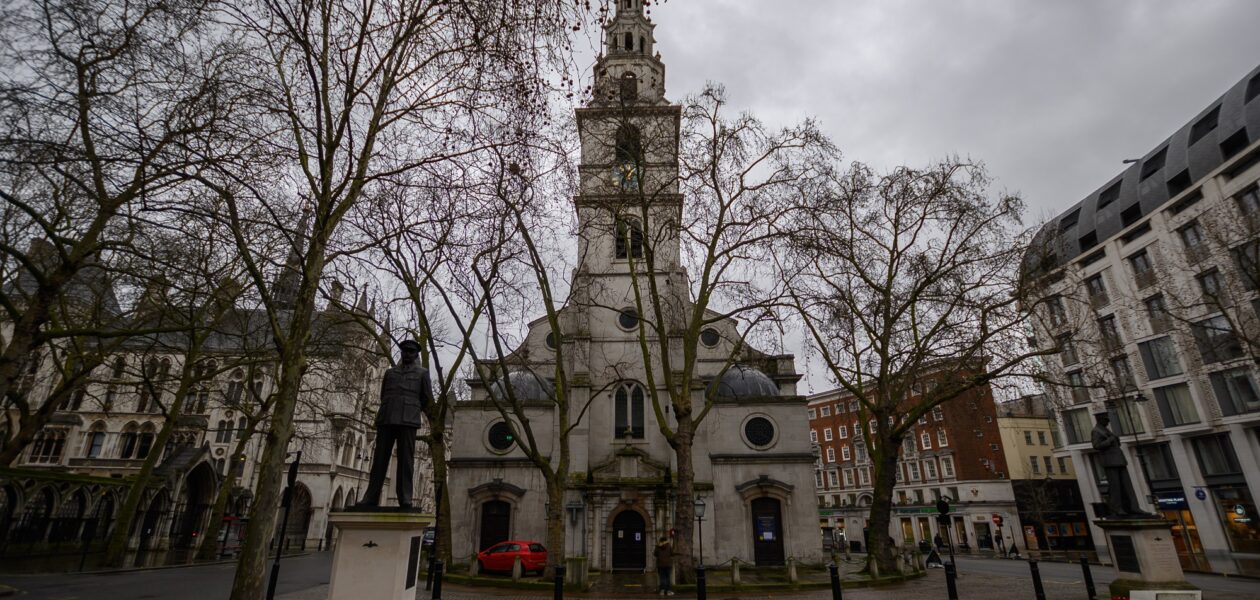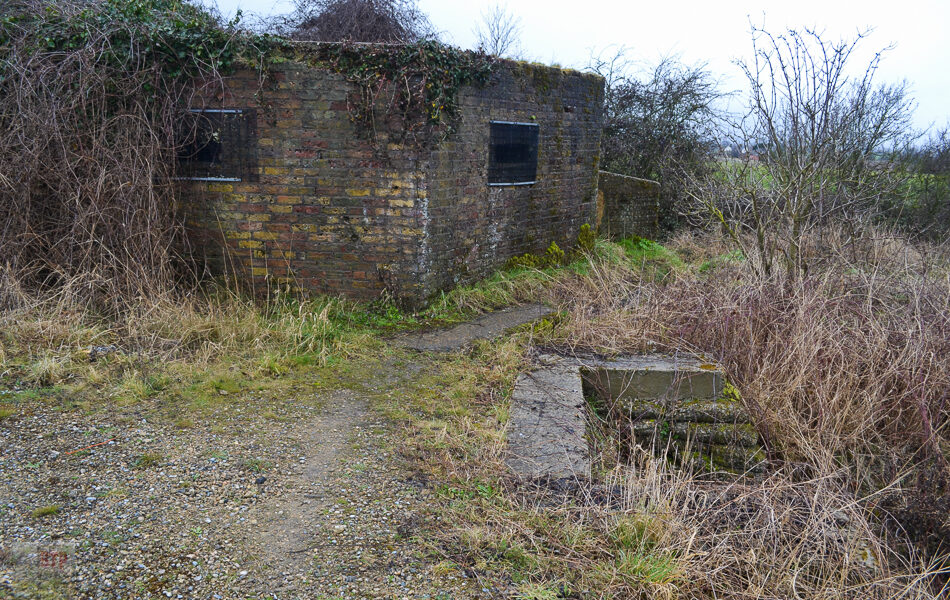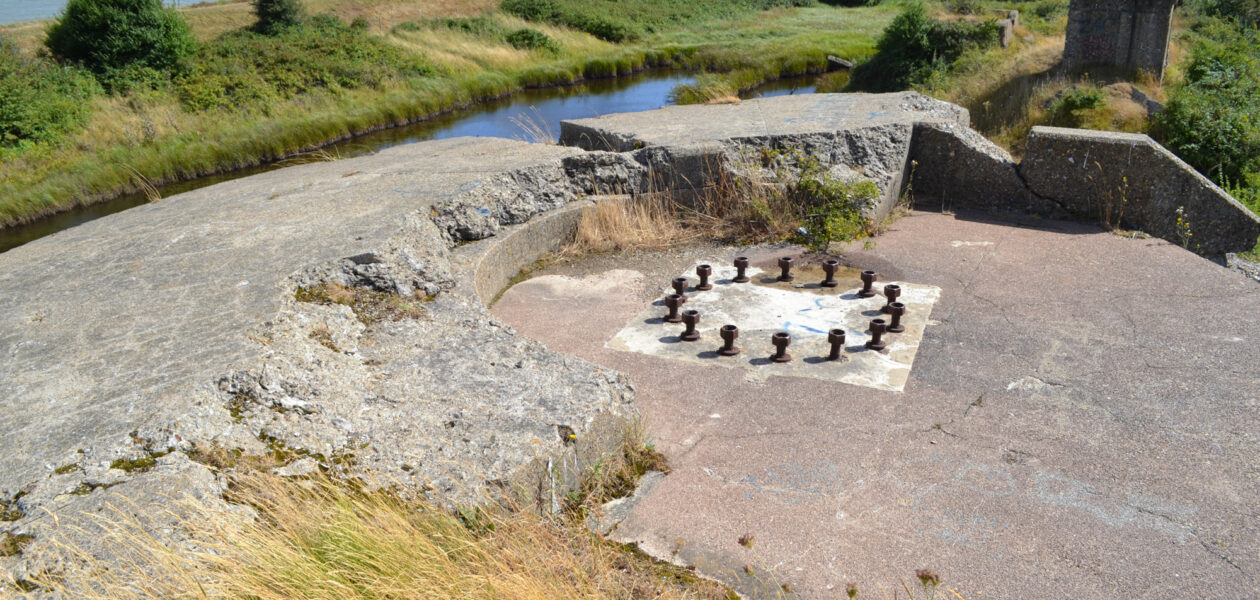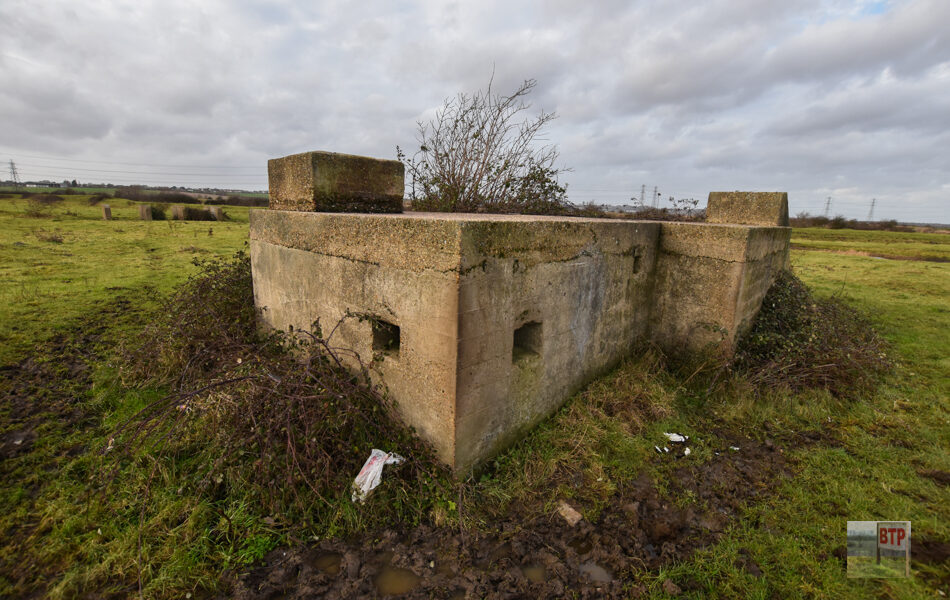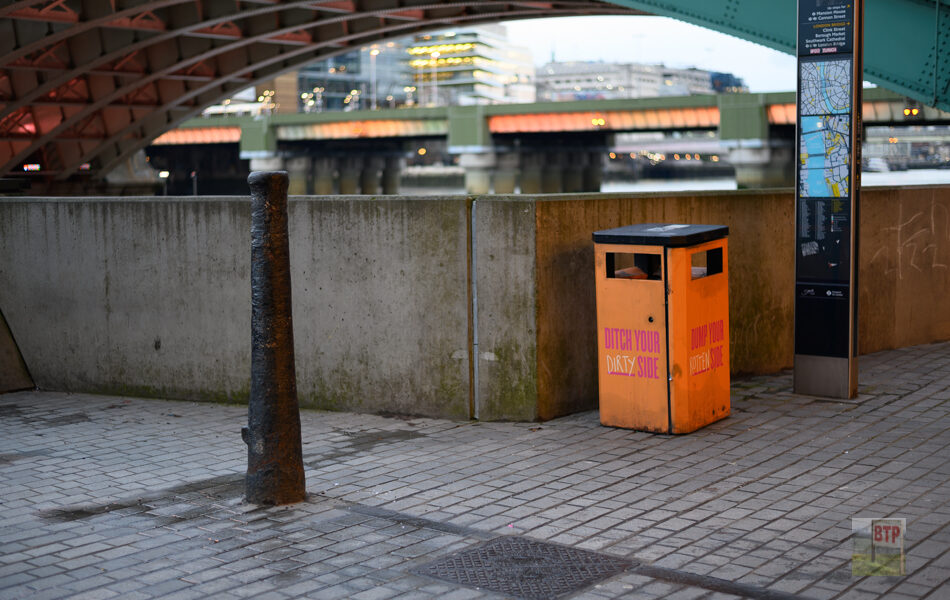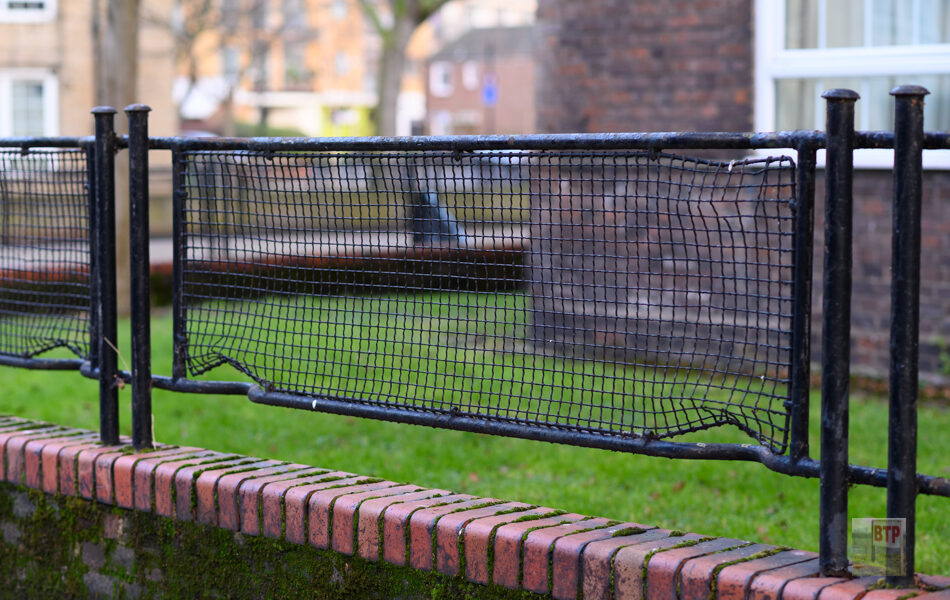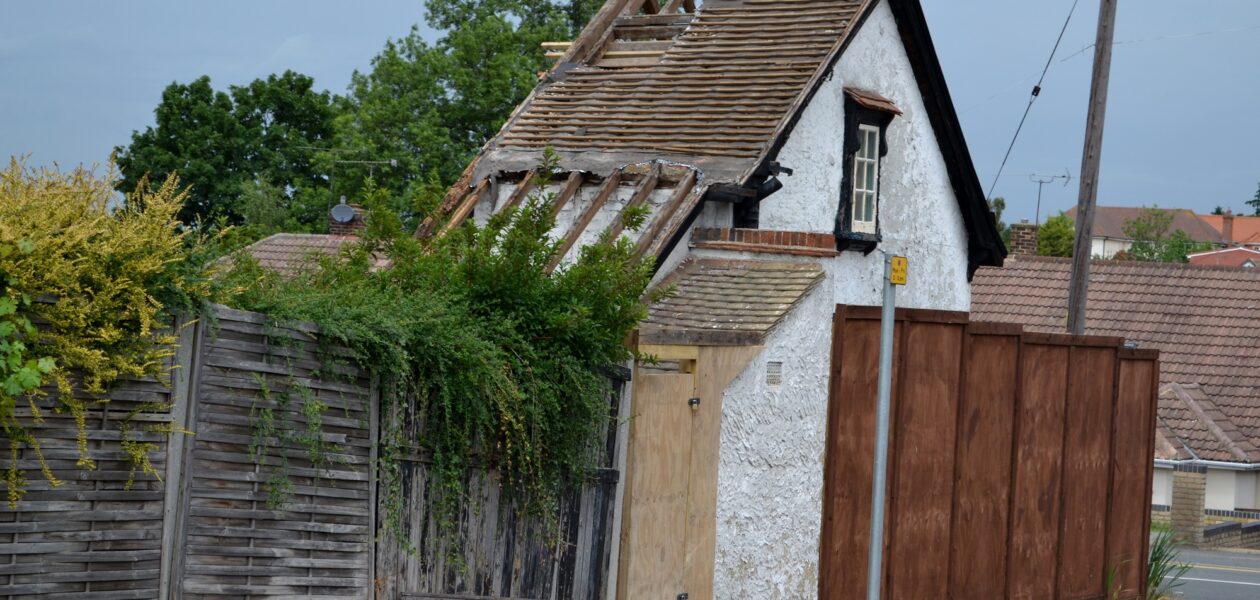Purfleet Heritage Centre & Magazine
Purfleet Heritage & Military Centre is a museum set up inside Magazine No.5 from the Royal Magazine of Gunpowder. This MOD magazine (which means an explosives and ammunition store) was contracted in 1759, consisting of five buildings, plus a proof house for testing the explosive. Four of the magasines, which would have held up to…
View More
